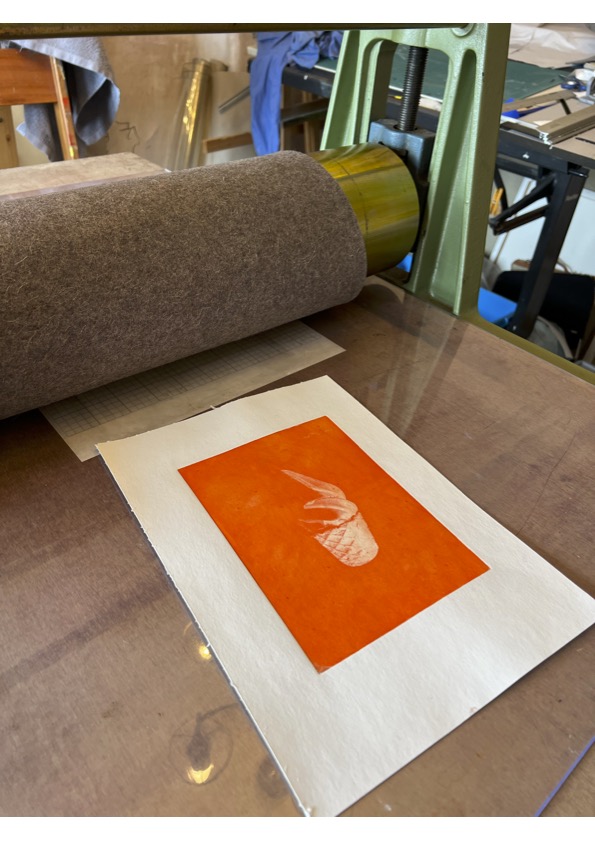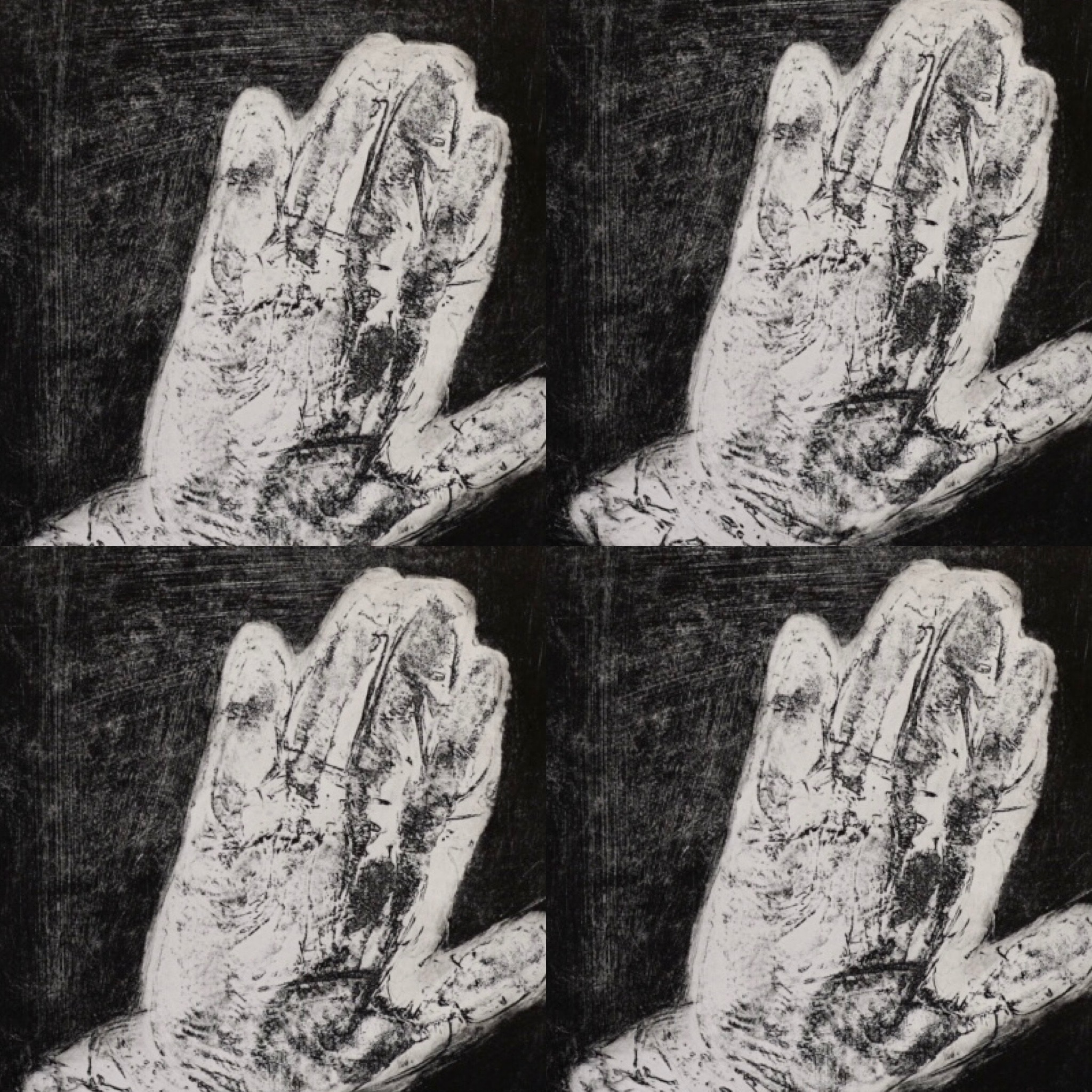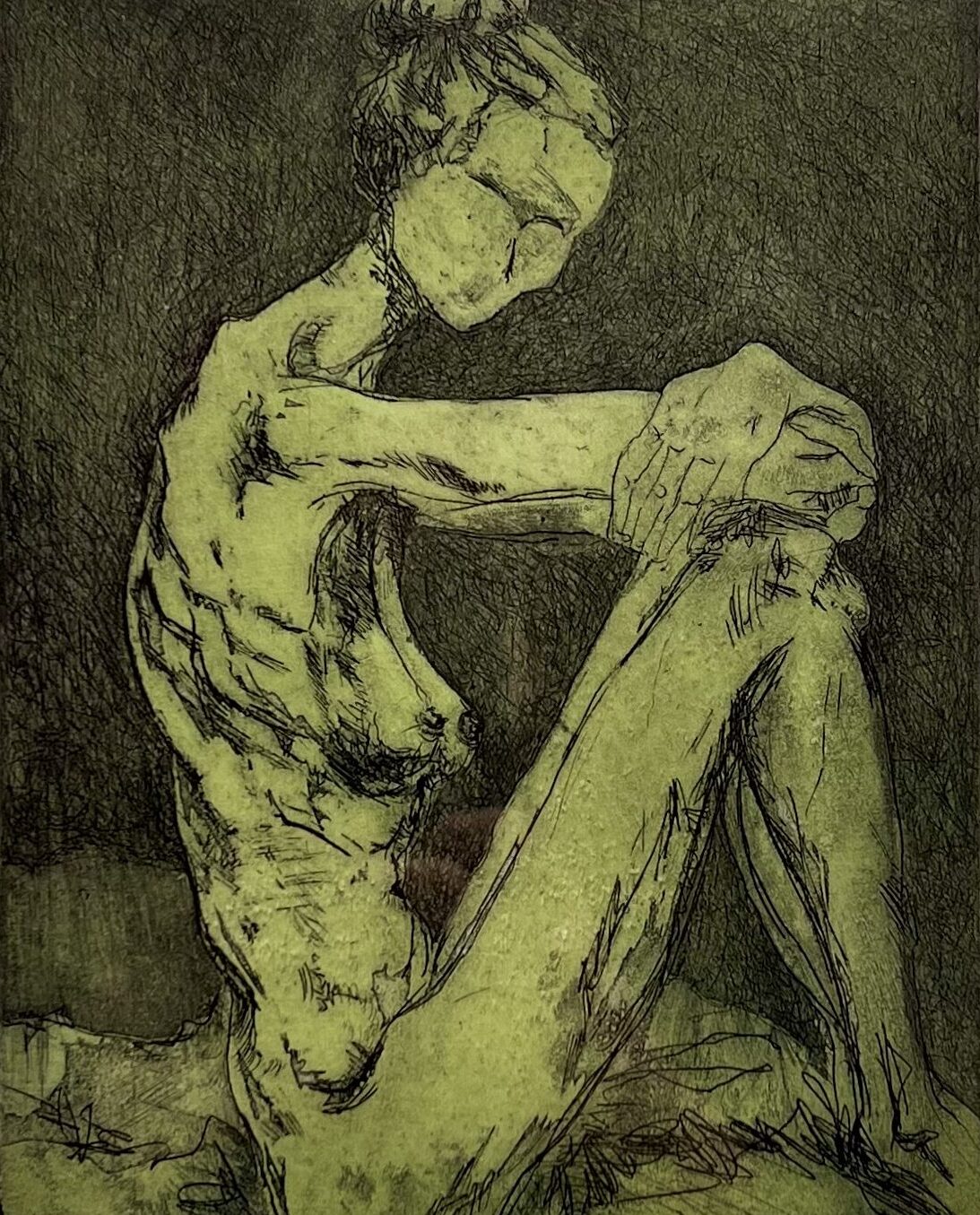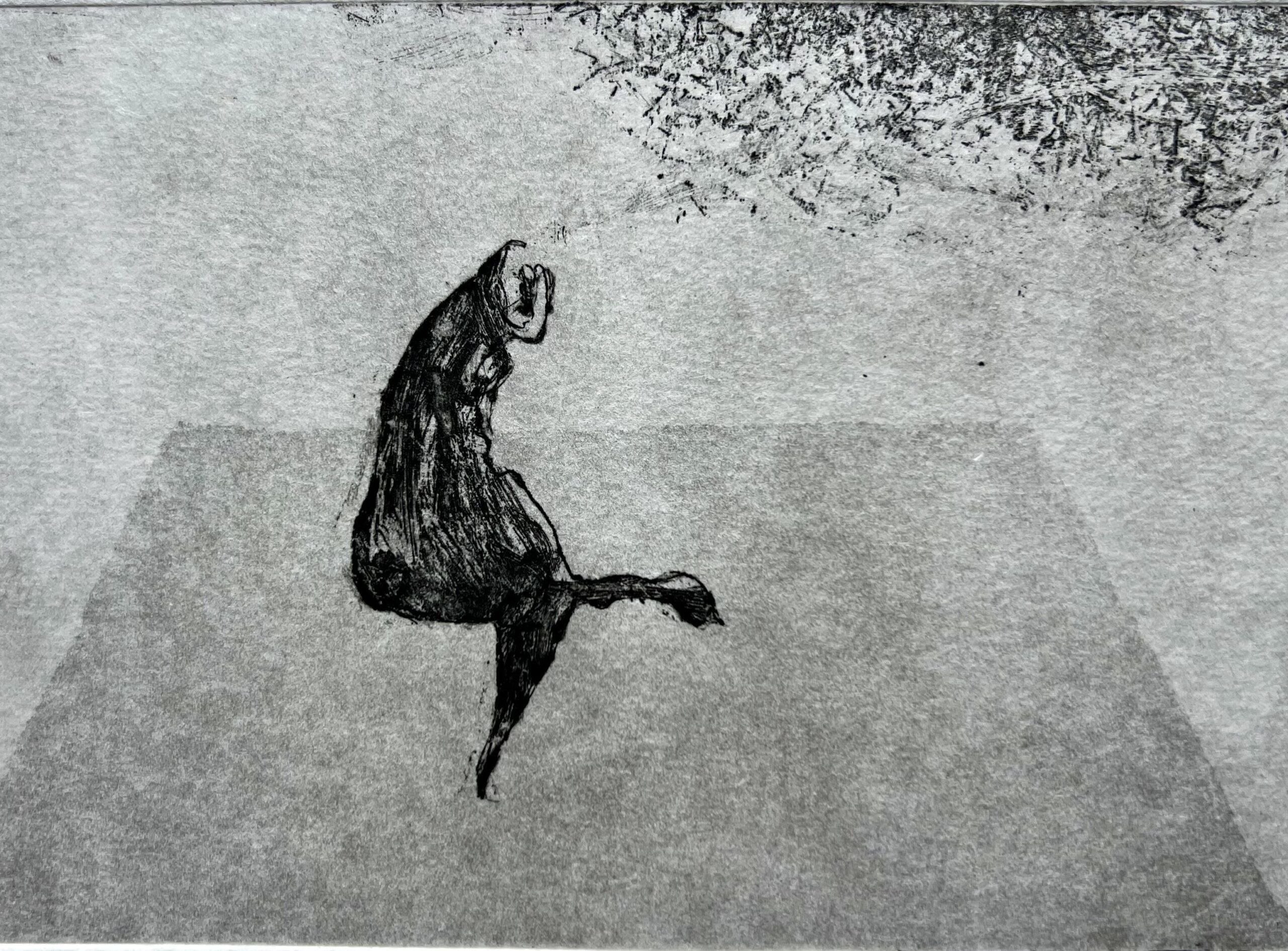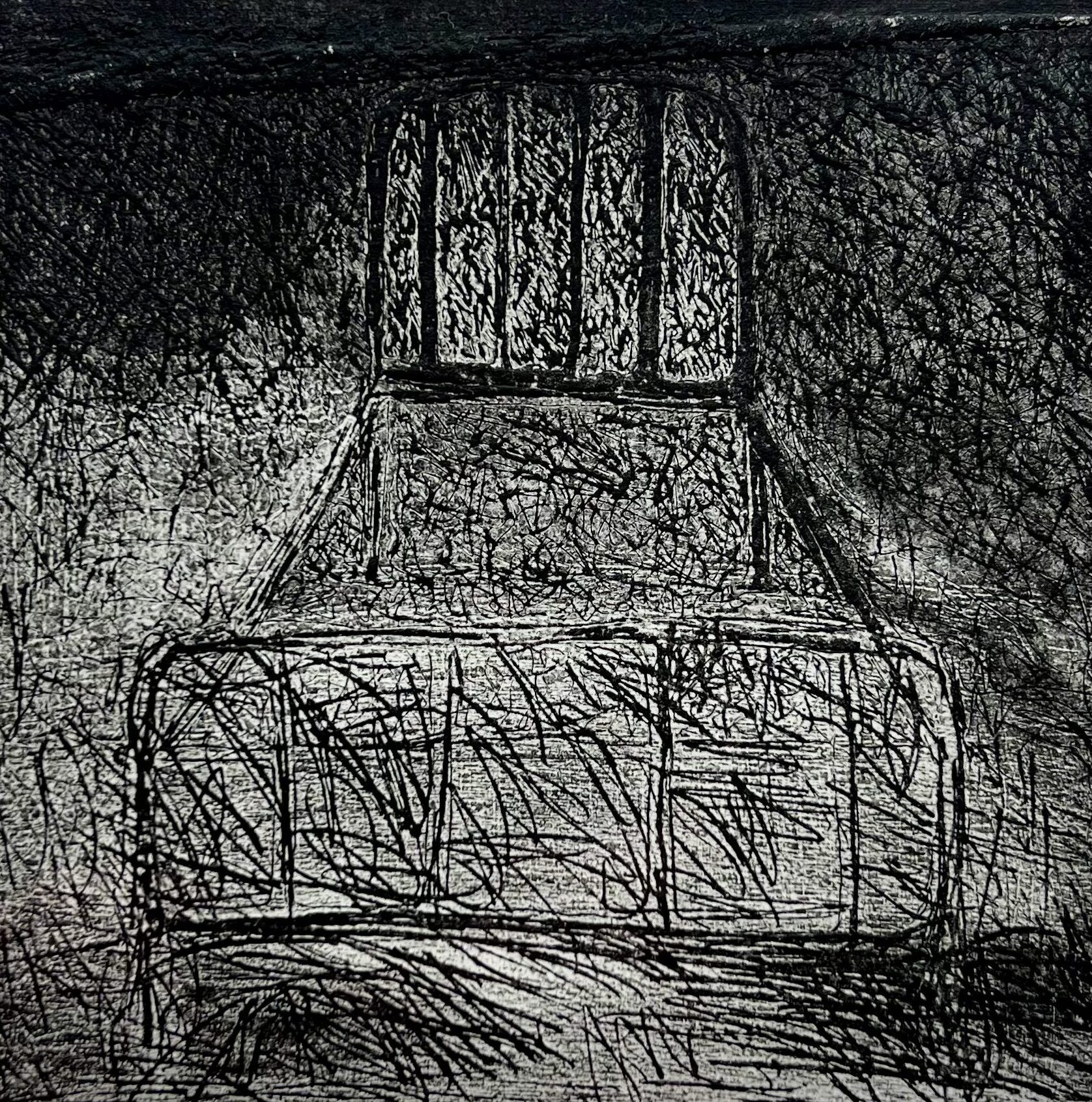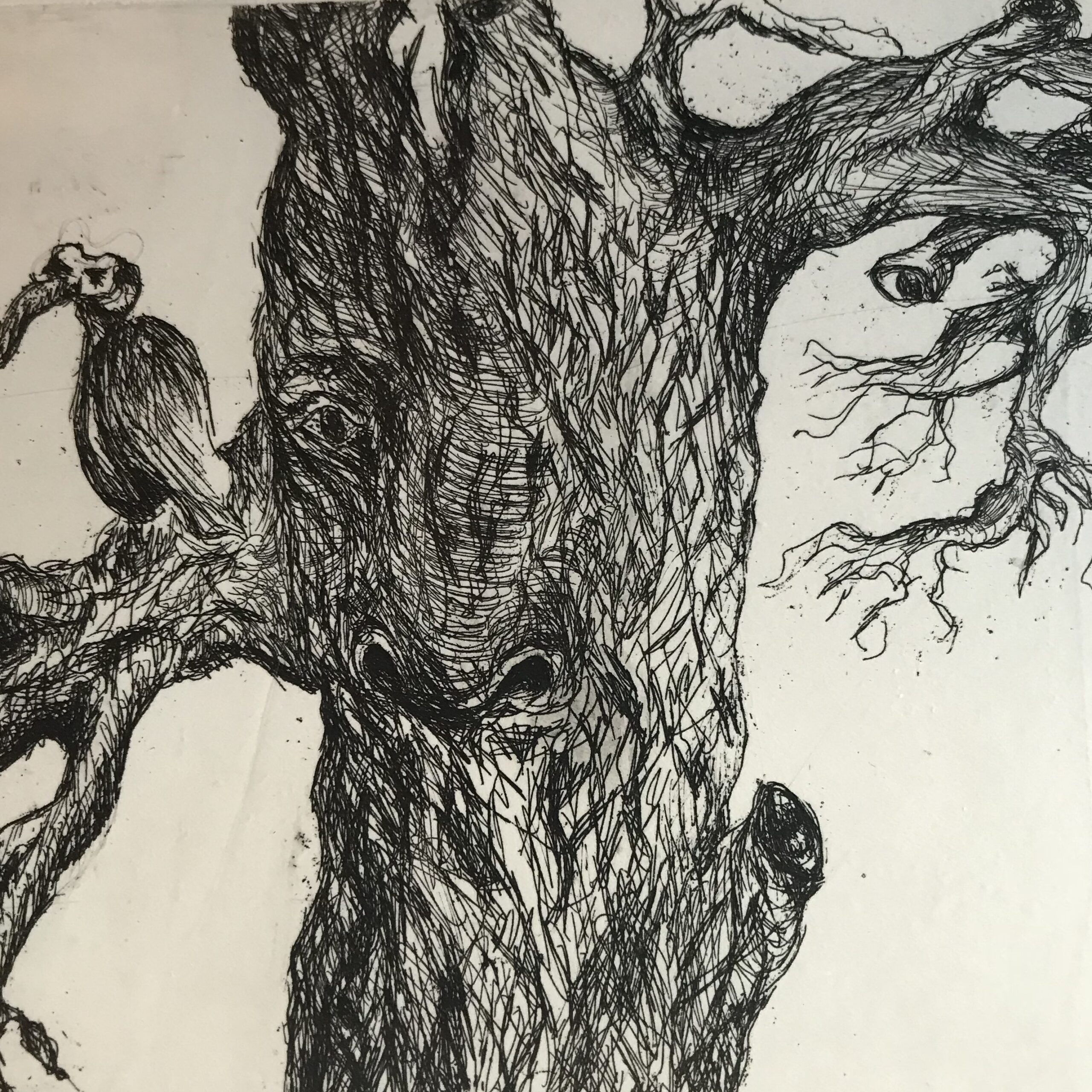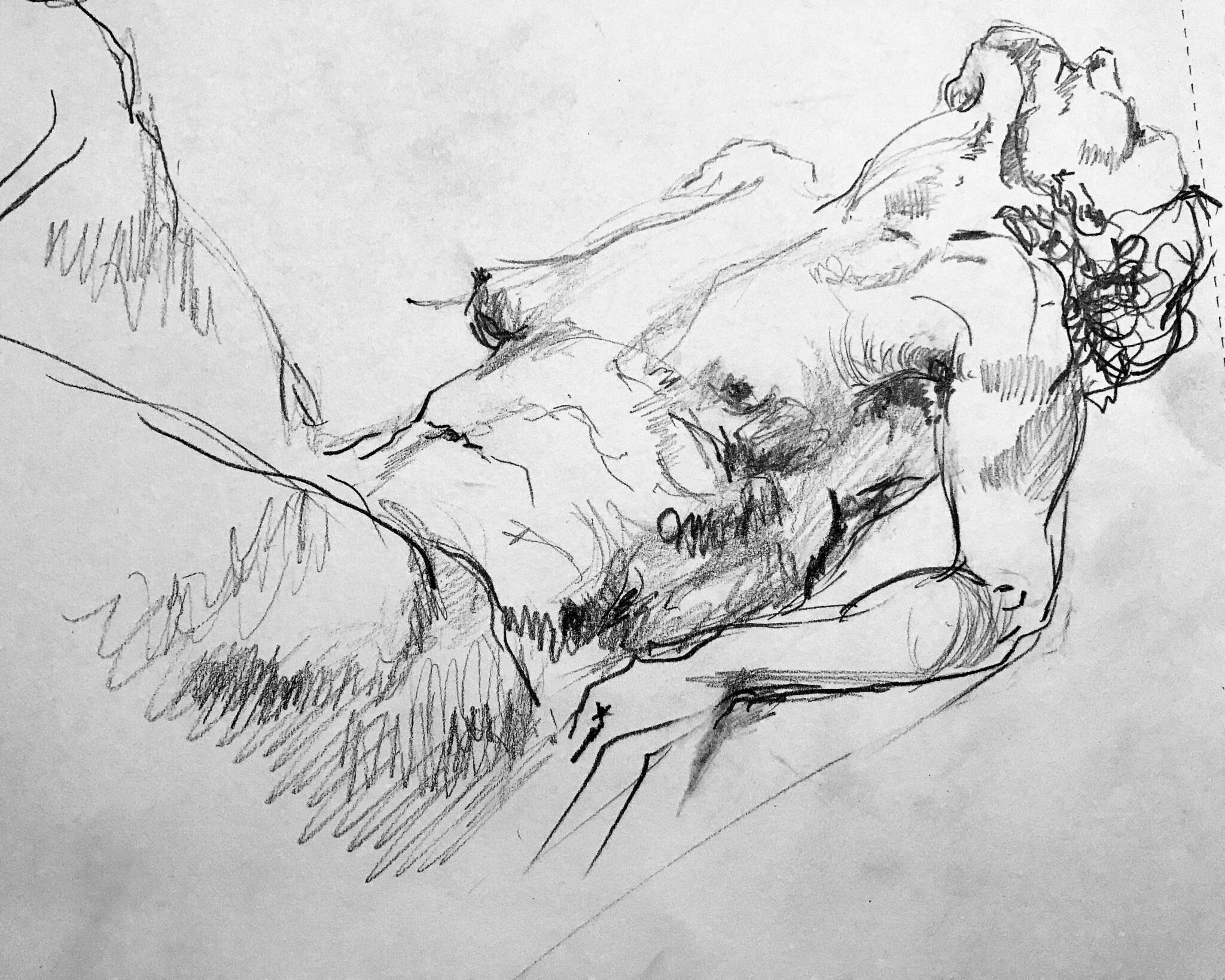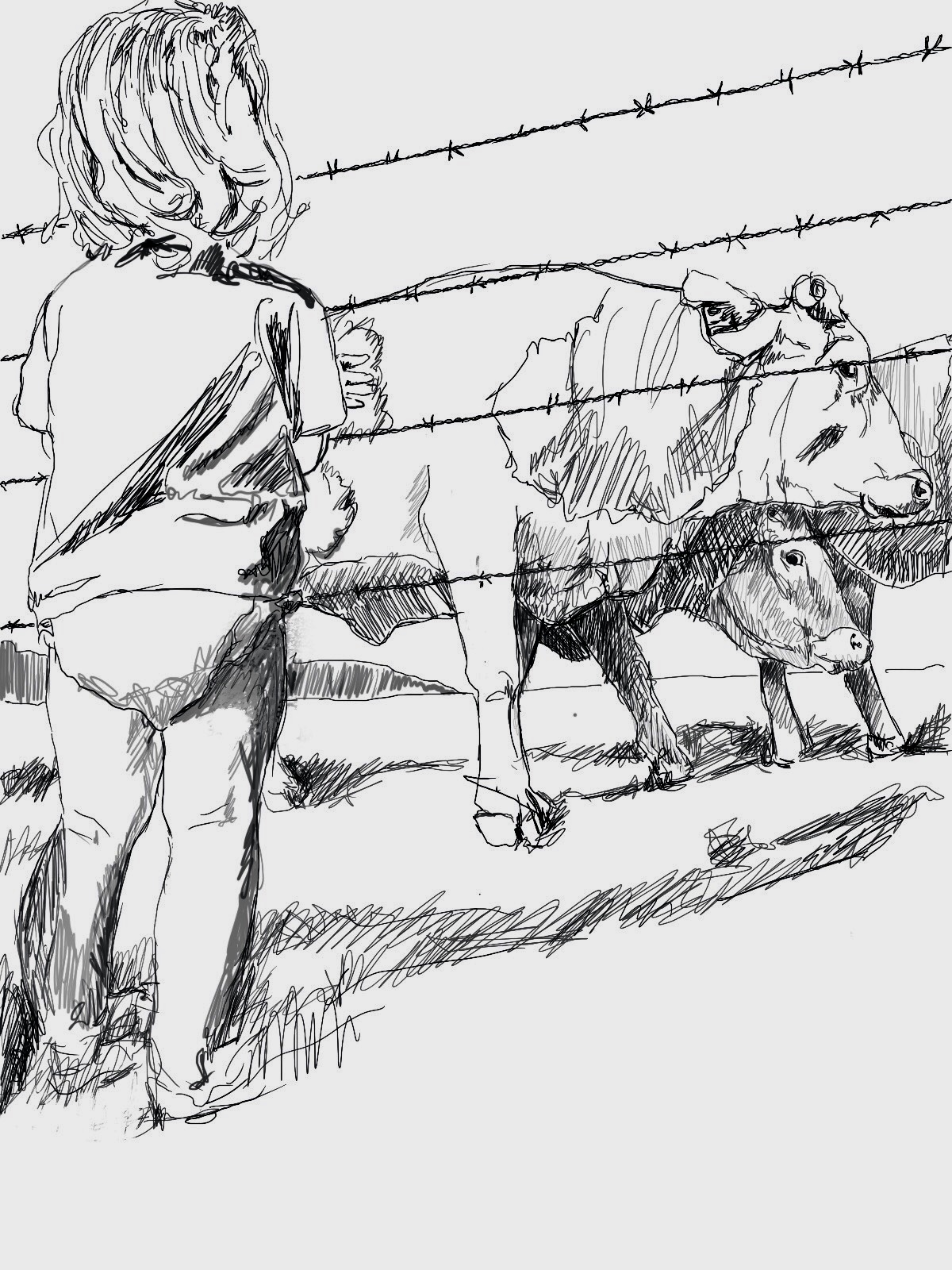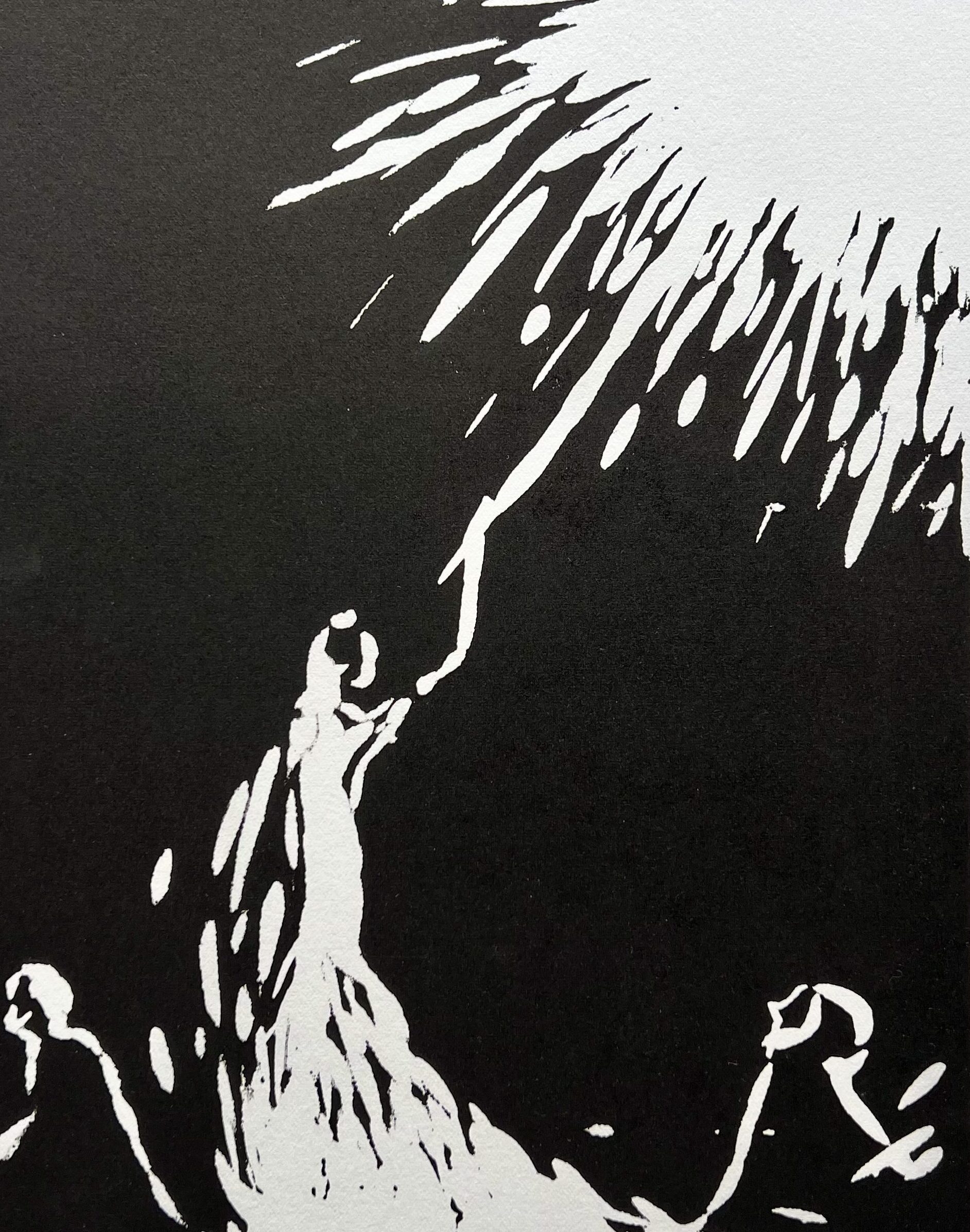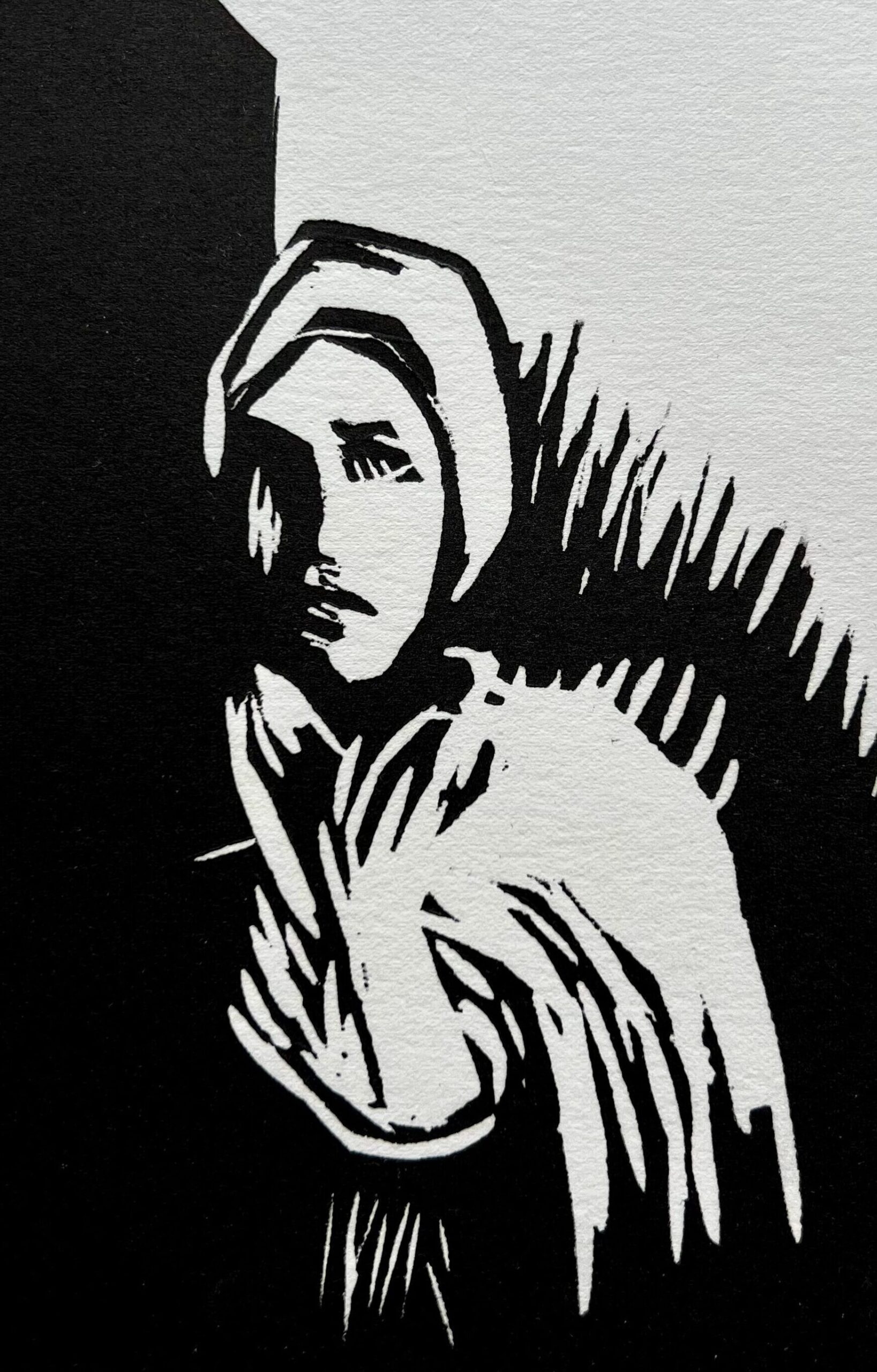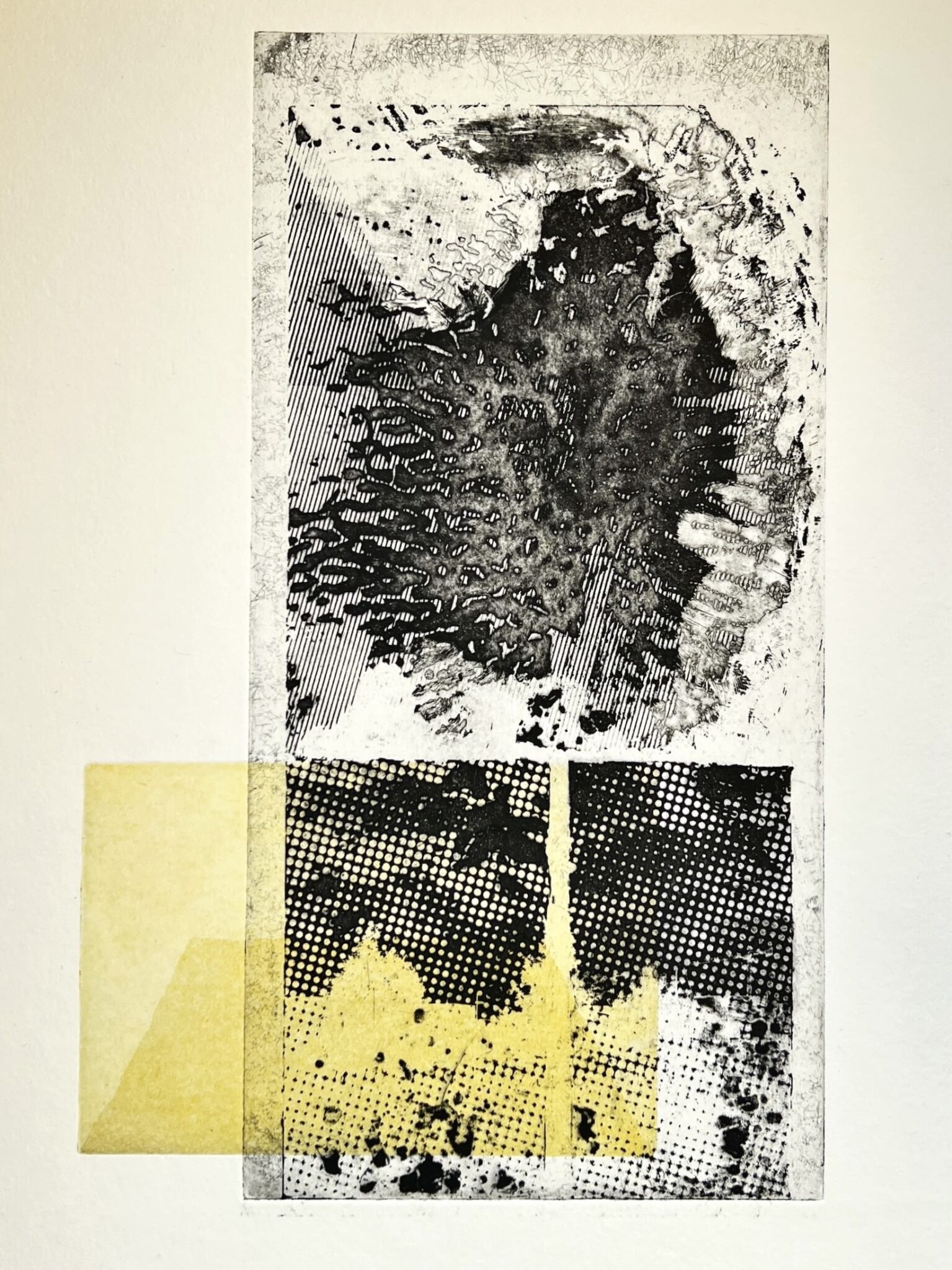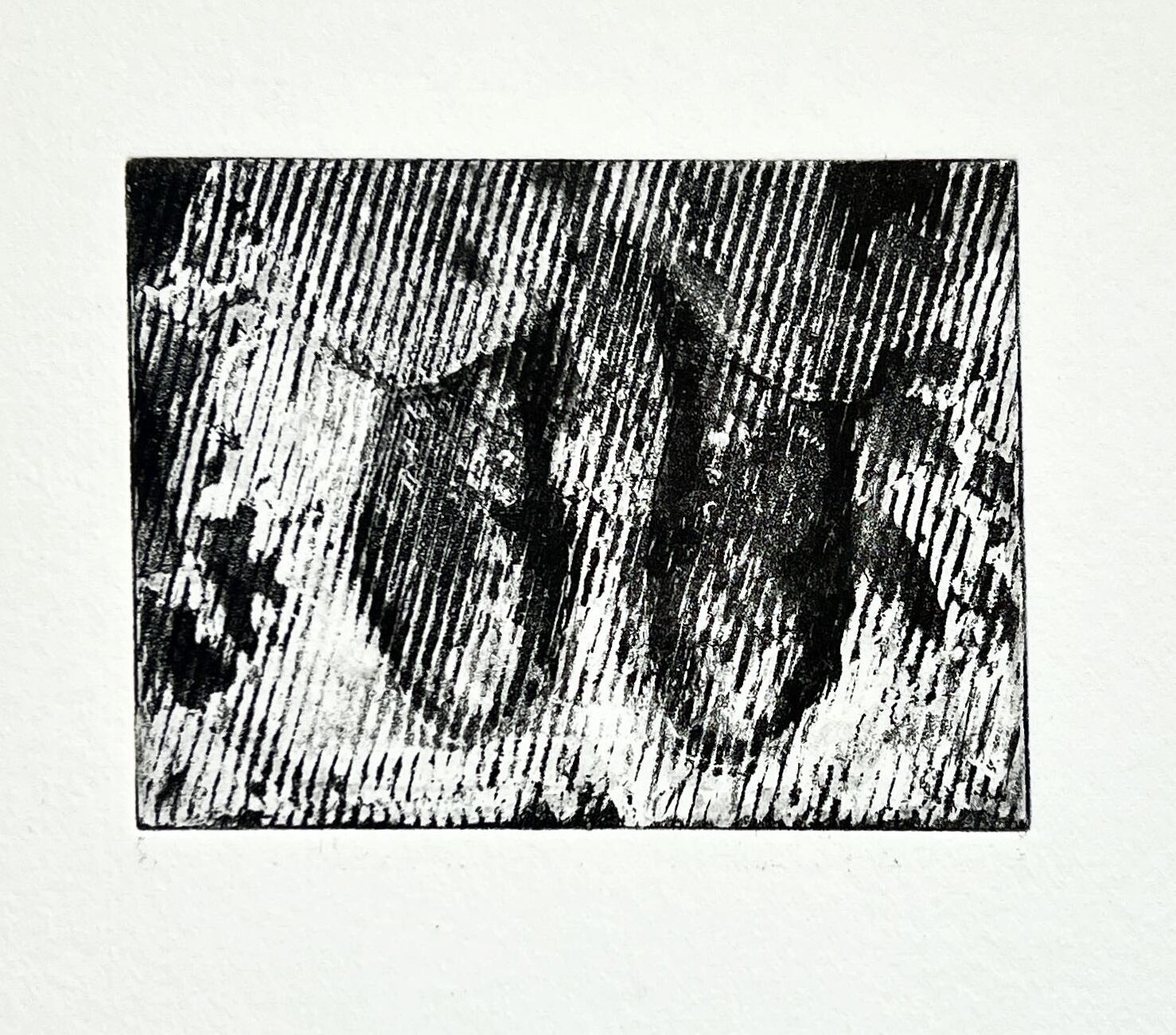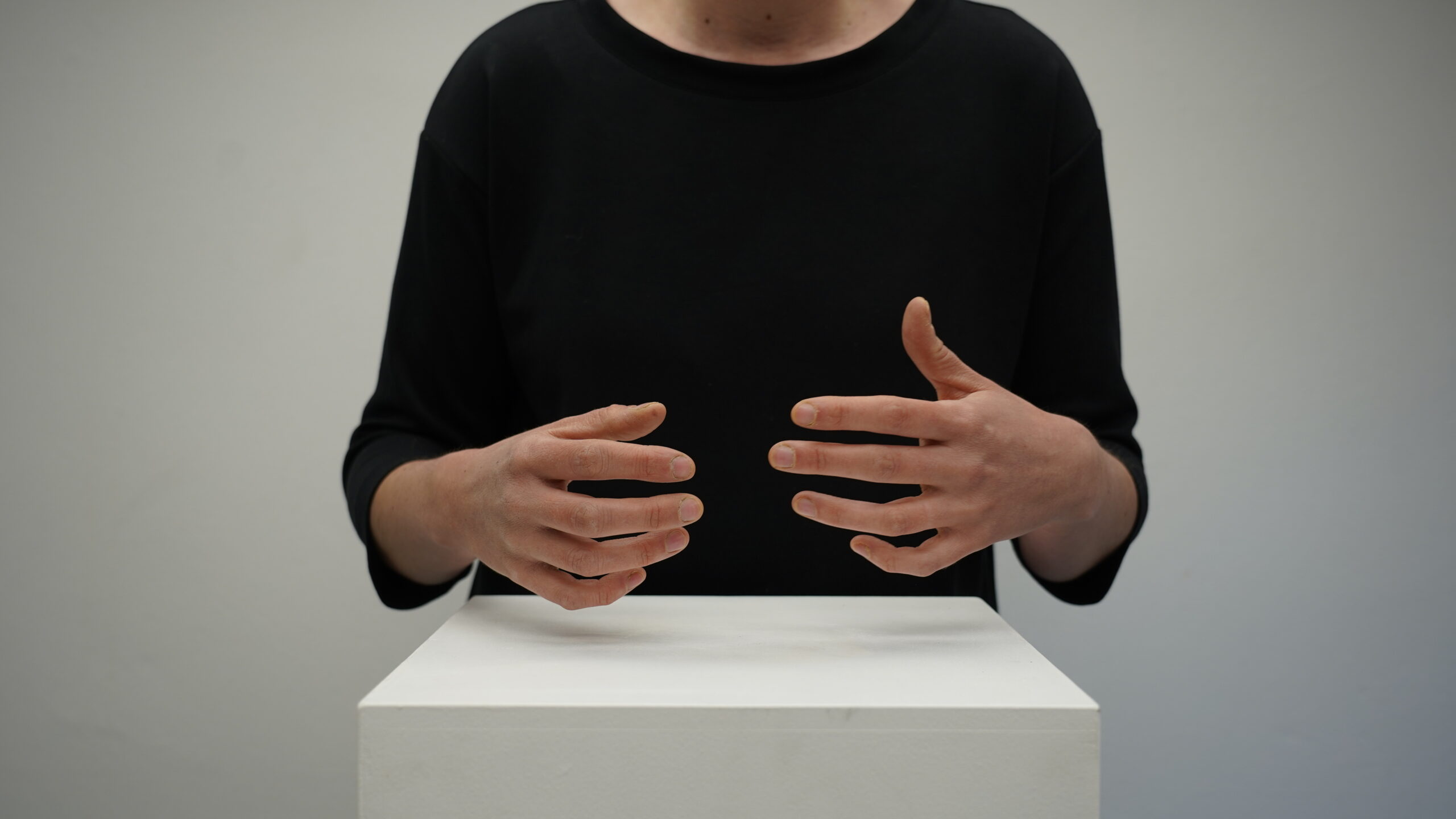Printmaking has been an important part of my artistic journey since my student days, and it has recently become equally as significant as my sculptural and performative work. I am most drawn to the process itself, from preparing the materials to creating the final print, where unpredictability and surprise play a key role, much as they do in my ceramic work. I blend traditional and experimental methods.
Selected Works
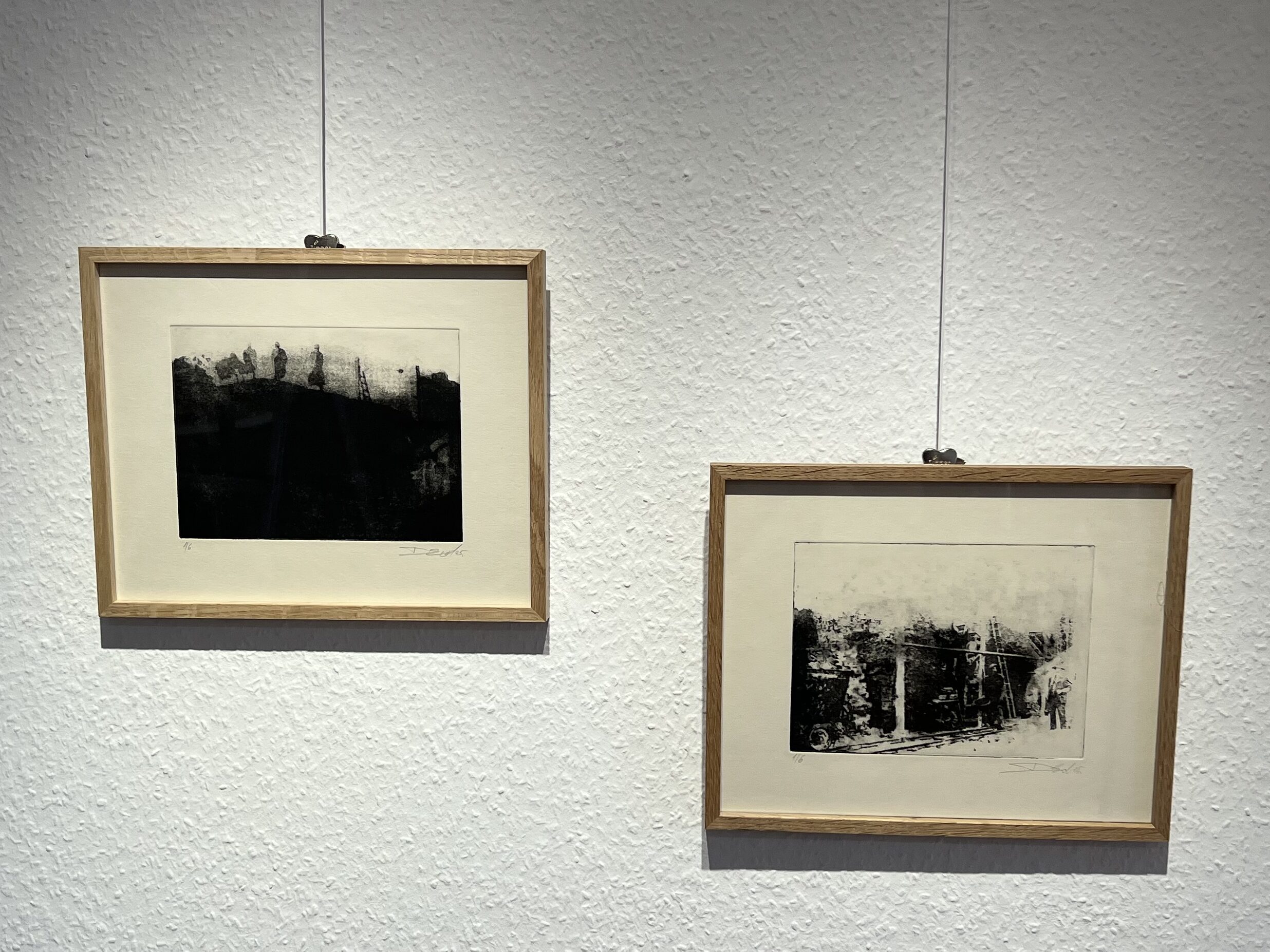
ZILLEBÄCKER
Thermal-gravure, Aquatint
2025
ZILLEBÄCKER explores the forgotten history of the “Tassin” brick factory in Dudelange (1889–1919), focusing on the exploitation of child labor and harsh working conditions. Through a combination of thermal gravure and aquatint, the artist reconstructs an archival photograph in two versions – abstract and figurative – creating a visual counterpoint between memory and oblivion. The piece exposes past social injustices while raising questions about contemporary forms of labor, power, and resistance.
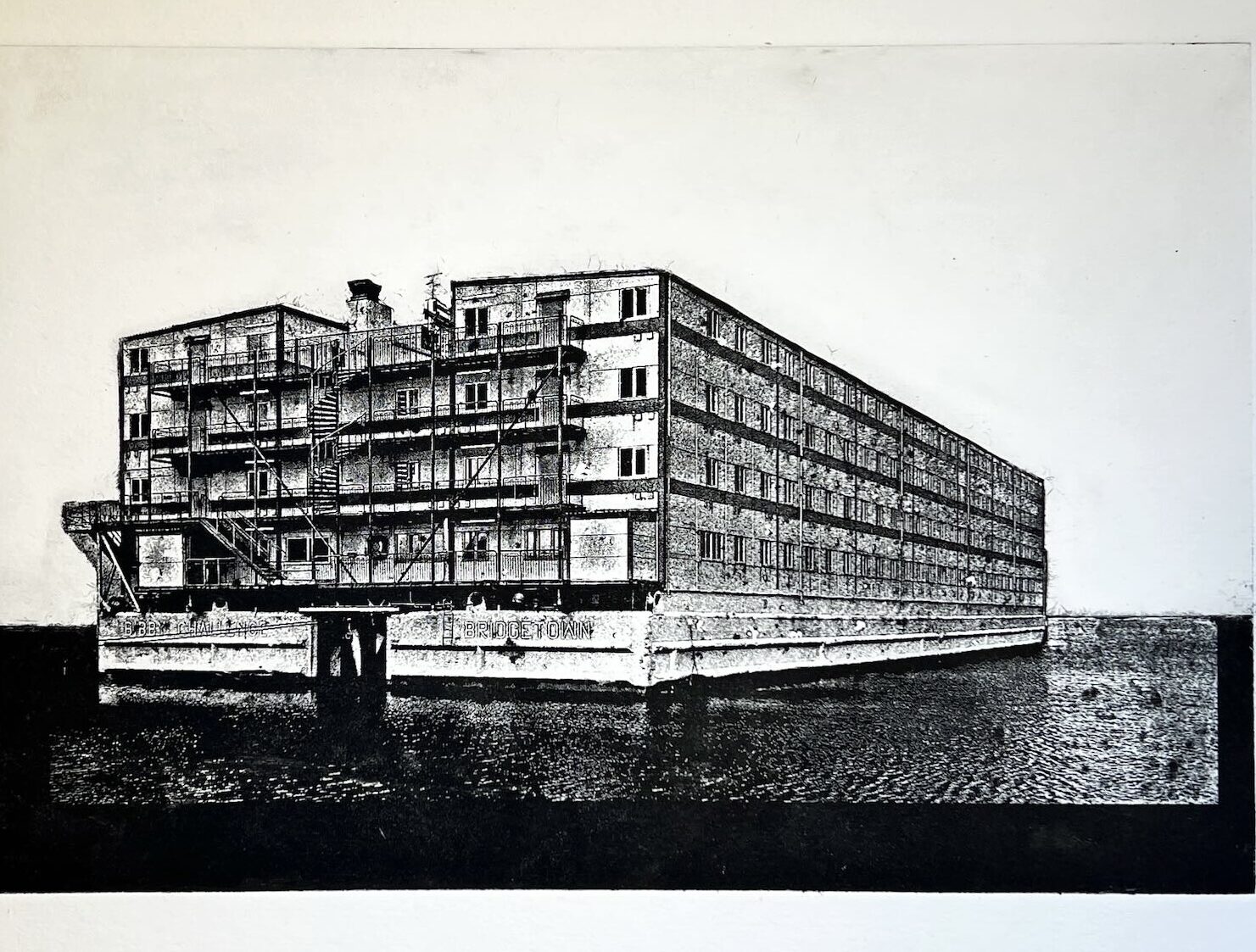
Challenge,
Thermal-gravure, Aquatint
2025
Challenge depicts the refugee ship Bibby Challenge in Hamburg, where I myself lived for several years. The work emerges from personal experience of migration and explores the relationship between architecture, temporality, and social exclusion. The ship becomes a symbol of a space not designed for living, but for control—a reflection of the broader issue of architectural inadequacy in addressing migration. Although migration is not a new phenomenon, urban planning continues to ignore the need for long-term, humane solutions. Cities expand without real preparation for mobile and vulnerable populations. With this work, I question how spaces are shaped for the “other” and what that reveals about our collective readiness for solidarity and transformation.
